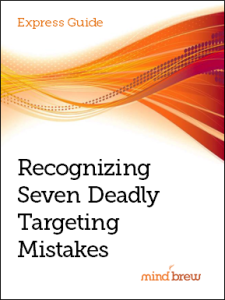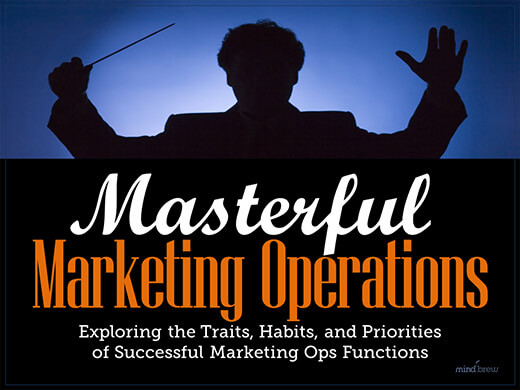People who don’t work in sales or marketing often mention “sales-and-marketing” as if it were one word, as if both departments were just two sides of the same coin.
But people who do work in B2B sales or marketing rarely refer to both departments in one breath in this way unless the organization is structured so that sales and marketing are a single department. In fact, in many cases, people who work in marketing talk about the sales staff as if they were the enemy and vice versa.
One study asked people in sales to describe the people in marketing, and it asked marketers to describe salespeople. Both groups used negative terms to describe the other 87 percent of the time. Sales described marketing folks as “paper pushers,” “academic” and “irrelevant,” while the marketers accused their sales colleagues of being “simple-minded,” “incompetent” and “cowboys.”
But no matter how much they might dislike each other, marketing and sales must work hand-in-hand in order to be effective, especially in B2B.
For sales to meet their goals, they rely on a steady stream of leads coming from the marketing department. In order for marketing to be successful they need the sales department to follow up on those leads. It’s pretty easy to see how sales and marketing need each other—theoretically. But when push comes to shove and something doesn’t go as well as expected, it’s far too easy to blame the other department for the problem.
In many B2B markets, the sales process can be long and complicated, while the deals are large. If one small part of that long process isn’t working well, it’s really easy to lose a sale. With big dollars involved, that can have big implications for the company. And it’s just human nature to point the finger at the other guy when something doesn’t go according to plan.
So how do we stop playing the blame game and start cooperating?
It helps to start thinking of marketing-and-sales as one big process—kind of how the people outside the sales and marketing departments tend to view things.
We’re not trying to say that sales and marketing are exactly the same. They are, of course, very different disciplines that rely on very different skill sets. Marketing is strategic and data-driven, while sales is more tactical and customer-focused.
But when you can align your strategy with your tactics and your data with your customers’ needs, the marketing-and-sales process can run like a well-oiled machine.
There are a lot of different ways to go about achieving this sort of alignment. In the best case scenario, the leadership from each group would work together regularly and encourage the staff to do the same.
But what if you’re not the boss? Believe it or not, there is a very simple thing any marketing practitioner can start doing today that would help move your organization in the right direction—even if the relationship between the groups is currently a dysfunctional mess: practice thinking like a salesperson.
The DemandBrew Tutorial “How to Think Like a Masterful Salesperson” outlines seven questions that can help you better appreciate the sales process and, more importantly, better understand your customers. And it offers shortcuts and tips that can help you begin working with sales more effectively.
We’re not saying that you have to become best friends with any “simple-minded, incompetent cowboys.” But when you go through the steps in the process of thinking like a salesperson, you might just discover insights that help you become a better marketer, and you might find that it’s much easier than you thought to get sales and marketing working toward the same goals.







